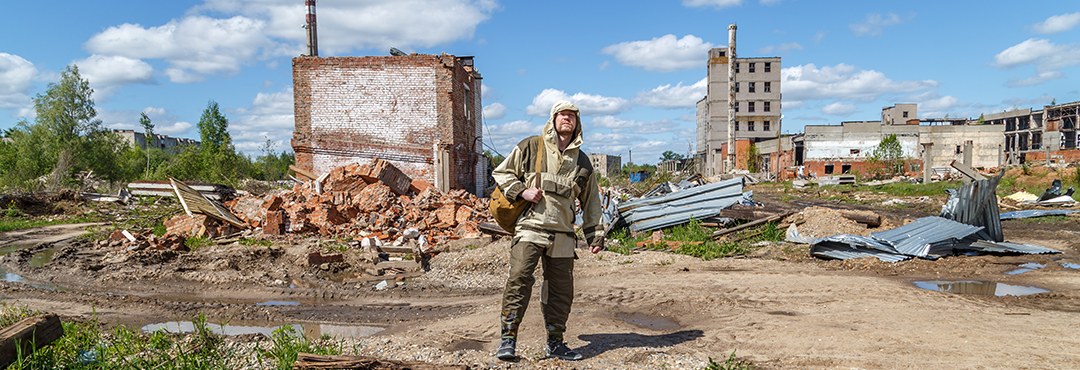A Guide to Lone Working and Worker Safety
Working alone in a hostile environment can be a daunting prospect. It comes with some unique risks so making sure you are aware and prepared is essential.
Whether you are a journalist, humanitarian or just visiting a potentially hazardous location, understanding the dangers of working alone and implementing effective safety measures is of utmost importance.
Risks and Challenges When Working Alone
Travelling, whether this be alone or with a group, is full of risk. However, the risks are elevated and different when travelling alone in a hostile environment.
What if something happens to you? What is your plan? Having a standard operating procedure ready in case something goes wrong is essential when travelling alone. Always reviewing and updating your action plan for different situations and understanding the steps you would take in different risk scenarios ensures you are always prepared for if the worst case was to happen.
The challenges one might face when travelling alone depends on the location you are travelling to. Not being aware of environmental challenges or culture are inherent risks; knowing and being prepared for the potential risks are important.
Becoming complacent is the biggest challenge faced by a lone worker. The mindset of ‘these things don’t happen in real life, so it won’t happen to me’ is dangerous. Travelling alone and being complacent can heighten the risks associated with it, leaving you unprepared and vulnerable.
How to Stay Safe as A Lone Worker
Staying safe as a lone worker very much depends on your location, as well as the skillset you have equipped yourself with. As a lone worker, you should always have a backup method of communication as solely relying on your mobile phone is not recommended due to poor reliability of the signal. Having a communication plan in place and making sure you stick to it is essential for stakeholders, whether this be the organisation you work for or a family member and should be kept updated.
When in a hostile environment, staying situationally aware through social media is the most up-to-date and current way to stay aware of the location you are in, as well as local connections and media sources. Anywhere you are travelling, whether it be hostile or not, staying informed on current events is essential, as well as doing your research before you travel.
One of the basic things to make sure is that you have a grab bag to hand. A grab bag essentially consists of items to keep you alive for 24 hours, which is essential to have when travelling alone in a hostile environment. Lone workers face heightened risks and challenges and should therefore be prepared for every and all situations. Items such as water, a contact list, cash, copies of your travel documents and anything personal to yourself such as medications and glasses, are just some of the items we recommend carrying in order to keep yourself safe.
Minimise Risk and Maximise Safety
Having a plan in place, especially a risk assessment that is specific to yourself, will help to mitigate the risks as you understand the dangers associated with travelling alone to a hostile environment. Not becoming complacent and staying situationally aware are essential.
If you are working for an organisation, every employer has a duty of care to keep you safe. If you are travelling and are sent to a hostile environment unprepared and untrained, your employer can be fully in breach of due diligence. Having ISO 31030:2021 certification ensures that organisations are managing the risks to travel and making sure they are keeping you safe.
Stay Informed, Be Prepared and Prioritise Safety
At HET, we provide scenario-based training courses that ensure you are prepared for many situations that could be faced in a hostile environment. Whether you are travelling alone or with a group, hostile environment training can provide you with the necessary skills and knowledge you need to be alert to your surroundings. For more information or to discuss one of our courses in more detail, contact our team today.




